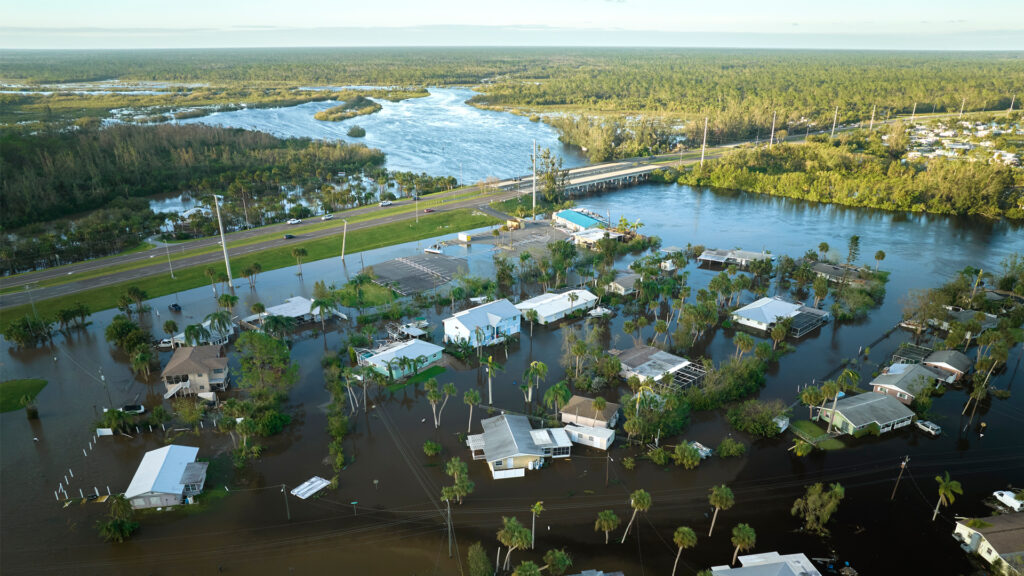By Don Ruane, Big Bend Catholics Caring for Creation
Protecting our homes and property from flooding is difficult enough without severe squall lines like the one that hit the Big Bend last week.
Two Senate bills and companion House bills pending in the current Legislature will give prospective tenants and homebuyers valuable information about flooding. This will help them assess the risk of renting residential or commercial properties.
The bills apply to landlords and property owners and should be passed by the Legislature even if landlords, property owners and the real estate industry see the disclosure of flood information as an obstacle to sales.

The bills are SB 38 and its similar companion HB 1119, and SB 484 and its companion HB 1049, in case you want to contact your state lawmakers to encourage their support for these bills.
Basically, landlords and property owners would have to tell possible renters and buyers, before a lease or contract is signed, about the property’s flood history, any private insurance or federal flood insurance claims and information about the property’s location and risk factor according to the Federal Emergency Management Agency’s flood zone maps.
This is basic information for prospective tenants and homeowners. Flood incidents are rising like a tide as sea levels increase and storms intensify.
They cause property damage and drive up the cost of flood insurance. Saltwater ruins cars. Children love to play in floodwater blissfully unaware of their exposure to toxic substances that might cause infections or other problems.
If you know the history, you can decide whether to take the risk.
Hurricanes Ian and Idalia showed how floods destroy property. Those were extreme circumstances. But there are day-to-day concerns as highlighted in a Jan. 3 story in the Tampa Bay Times about king tides. These two excerpts caught my eye:
“As sea levels rise, flooding from higher tides will become more common. In about 30 years, sea levels in Tampa Bay are expected to rise by roughly a foot, according to the National Oceanic and Atmospheric Administration.”

And:
“Whereas St. Petersburg is now likely to flood three days a year, there could be as many as 70 days of flooding by 2050. Unless people start addressing these issues through different infrastructure changes … you’re quickly going to approach an issue where this is not just during a storm or once-a-year kind of thing, but every few weeks, you could potentially have water in the streets,” said Gregory Dusek, a senior scientist at the National Oceanic and Atmospheric Center for Operational Oceanographic Products and Services.
If that’s the threat to a major metropolitan area, imagine what tenants and homebuyers face in smaller places such as Panacea, Crystal River, Punta Gorda and along Florida’s Atlantic coast.
Legislators, help homebuyers and tenants protect themselves. Help them get the information they need to assess their risks before they make decisions that impact the quality of their lives.
Don Ruane is a retired print journalist and member of Big Bend Catholics Caring for Creation. This opinion piece was originally published by the Tallahassee Democrat, which is a media partner of The Invading Sea.
If you are interested in submitting an opinion piece to The Invading Sea, email Editor Nathan Crabbe at ncrabbe@fau.edu. Sign up for The Invading Sea newsletter by visiting here. For more information on flood zones, watch the video below:



